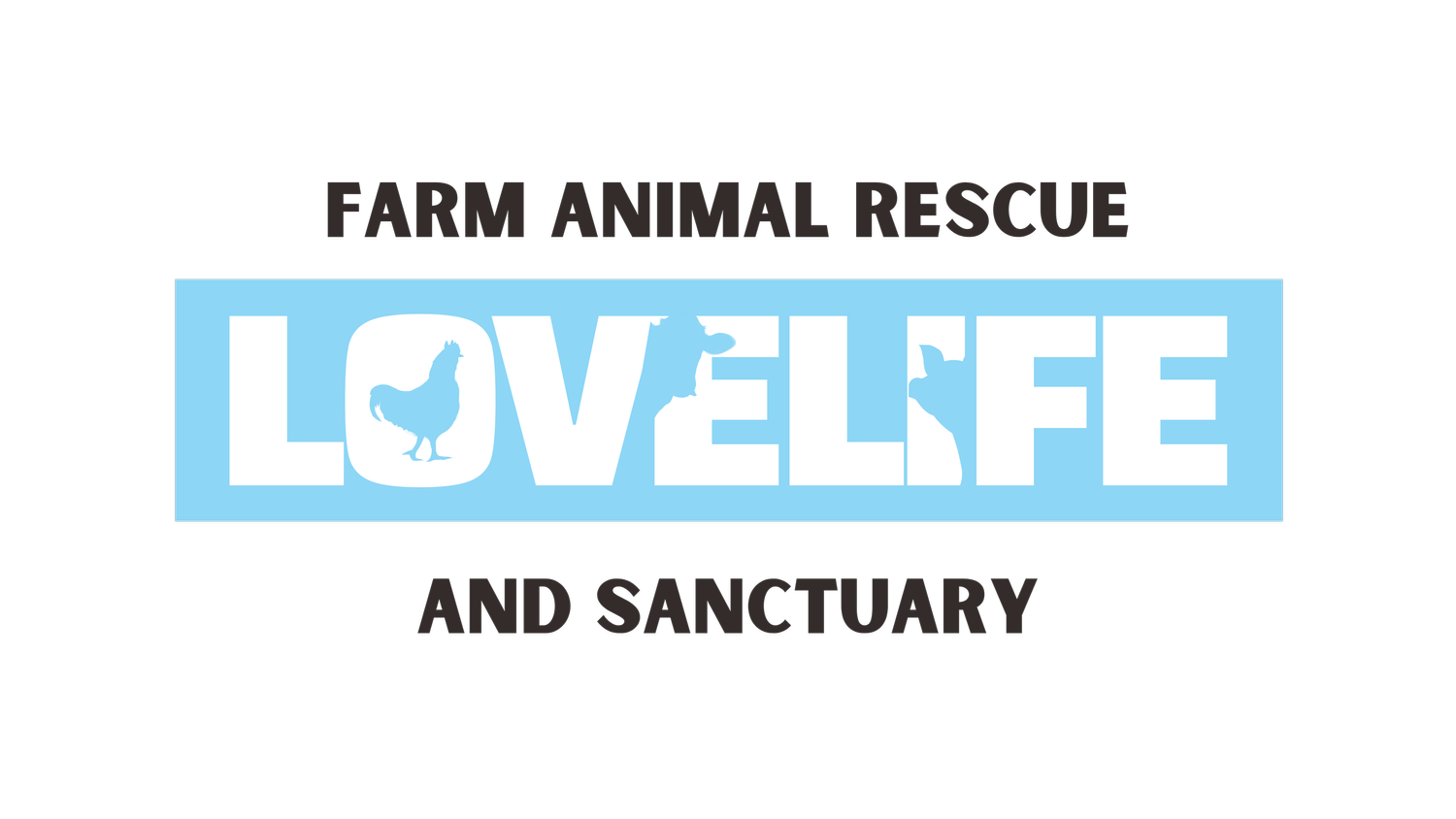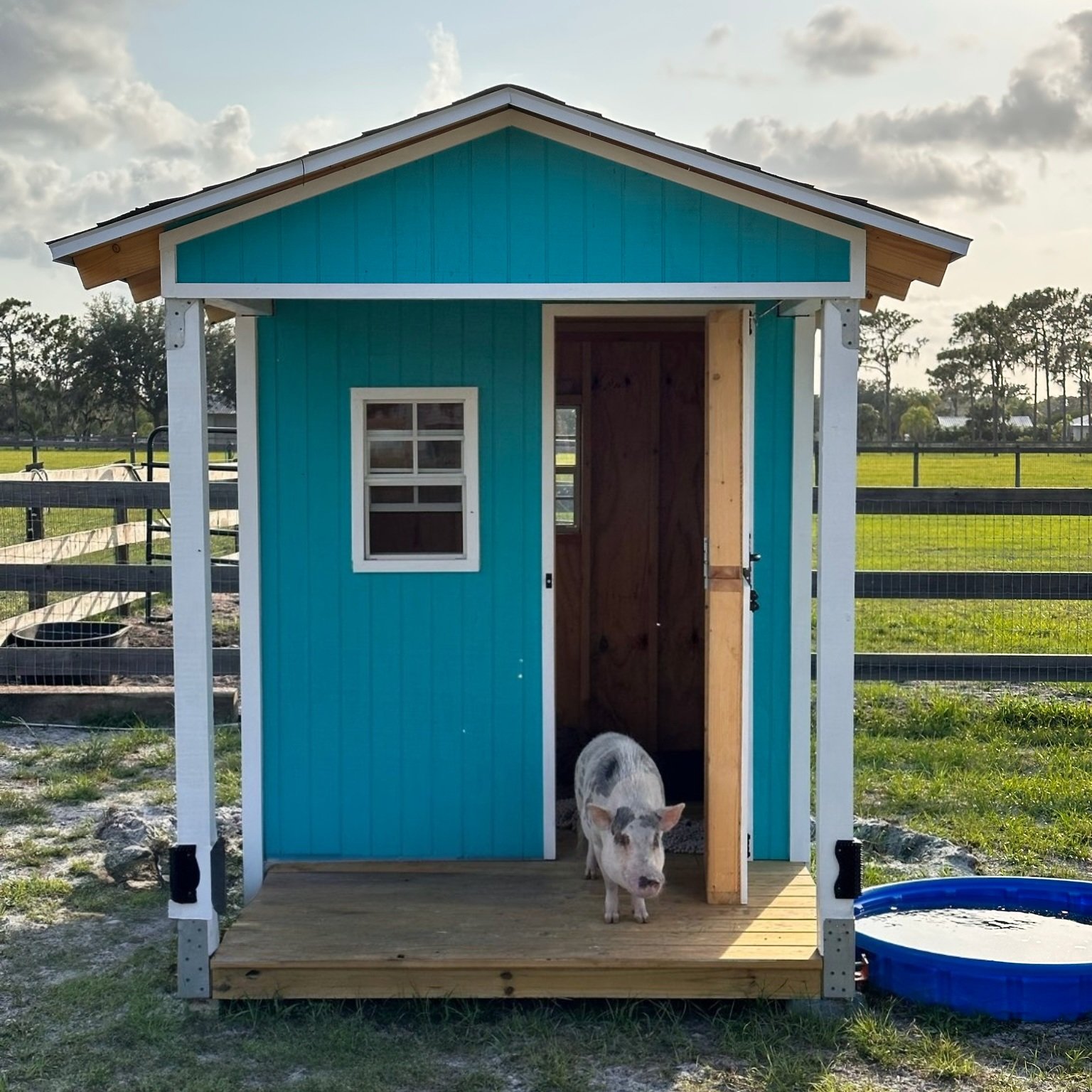Upskilling Volunteers Through AI
An Example Of Love Life Animal Rescue's Innovative Approach
Hamilton’s custom built house
Introduction
At Love Life Animal Rescue, our volunteers are our most valuable asset. They are the heart and soul of our organization, driving forward our mission to provide exceptional care for animals in need. To equip them with the best tools and resources, especially when tackling complex problems, we turn to a surprising ally—Artificial Intelligence (AI). In this example, we look at how we might harness off-the-shelf technology to upskill volunteers for the future.
The Process Step-By-Step
Step 1: Identifying the Need
First things first: our volunteers or staff identify the need for a new or improved animal enclosure. This could be due to an influx of new animals, a necessity to upgrade existing structures, or any number of specific requirements.
Step 2: Image Capture
Once the need is clear, the next step is to capture images of the desired enclosure setup. This image could be a physical model they've created, a sketch, an example from another location, or even an inspiring design found on the Internet.
Step 3: AI Analysis
The image is then uploaded to an AI tool like ChatGPT. This sophisticated AI software analyzes the image to provide a comprehensive list of required components, including everything from the type and amount of wood needed, to screws, bolts, and other fasteners.
Step 4: Instruction Generation
But ChatGPT doesn’t stop at just listing materials. It goes further by generating detailed, step-by-step building instructions. Volunteers can adjust the complexity of these instructions, ensuring that team members with varying levels of experience can easily understand and follow them.
Step 5: Tonal Adjustments
For volunteers who may be less experienced, ChatGPT can re-generate the instructions in a simpler tone. It can also provide additional tips and clarifications, thereby making the task more approachable.
Step 6: Real-time Support and Guidance
As volunteers go about constructing the enclosure, they have the option to take pictures of their work-in-progress and upload them to ChatGPT for real-time guidance or advice. This on-the-go support system can quickly resolve any issues or uncertainties that arise during the building process.
Step 7: Feedback Loop
Upon completion of the project, volunteers have the opportunity to provide feedback. This valuable input is fed back into the AI algorithms, contributing to an ongoing cycle of improvement and adaptation.
The Power of Simplification
What sets this approach apart is the AI's ability to simplify complex problems. Constructing an animal enclosure is no small feat—it involves numerous variables from material choices to the nuances of assembly. By breaking down this complexity into manageable, step-by-step instructions, the AI empowers our volunteers to tackle projects they might otherwise find daunting.
Adapting to Different Levels of Experience
Another advantage of using AI is its adaptability. Experienced volunteers may prefer succinct, technical instructions, while newcomers may benefit from a more detailed, beginner-friendly guide. The AI easily adjusts its tone and complexity to cater to these varying needs, making the learning curve easier for everyone involved.
Conclusion
At Love Life Animal Rescue, harnessing AI for volunteer upskilling means we're not just building better enclosures; we're building better problem-solvers. By creating a culture of continuous learning and improvement, we establish ourselves as an organization at the intersection of technological innovation and animal advocacy.
For potential board members in the tech space looking to align their skills and passions with a forward-thinking organization, Love Life Animal Rescue provides a compelling opportunity. Here, AI isn’t just a technological asset; it’s a cornerstone in our strategy for volunteer development and empowerment.

